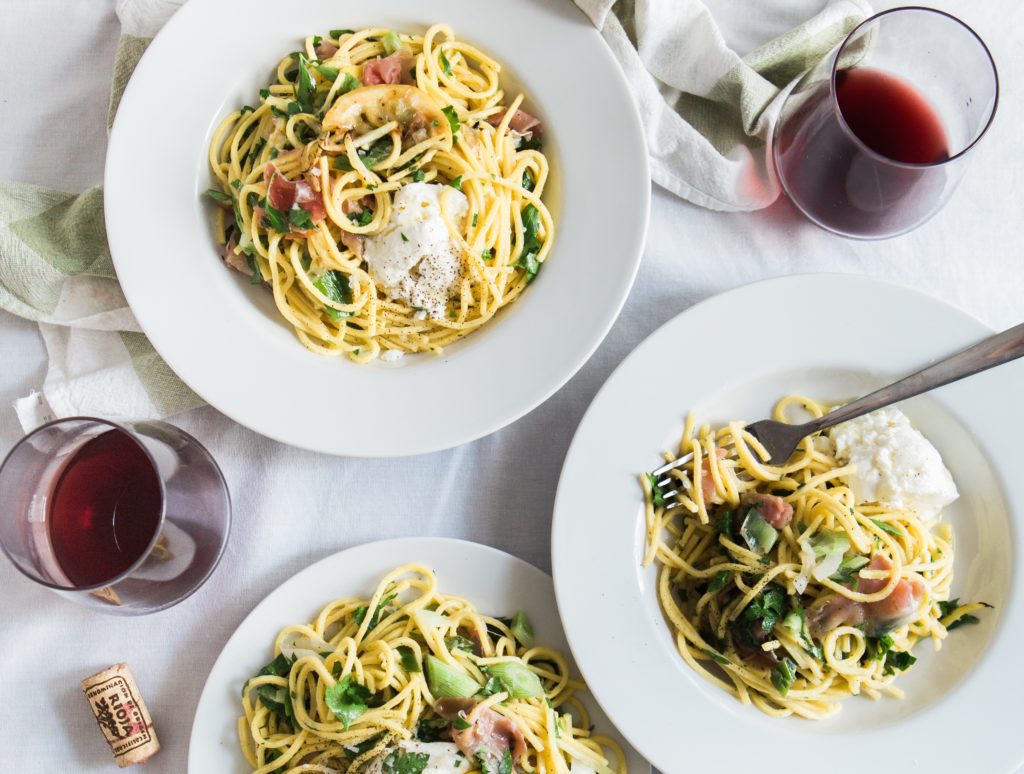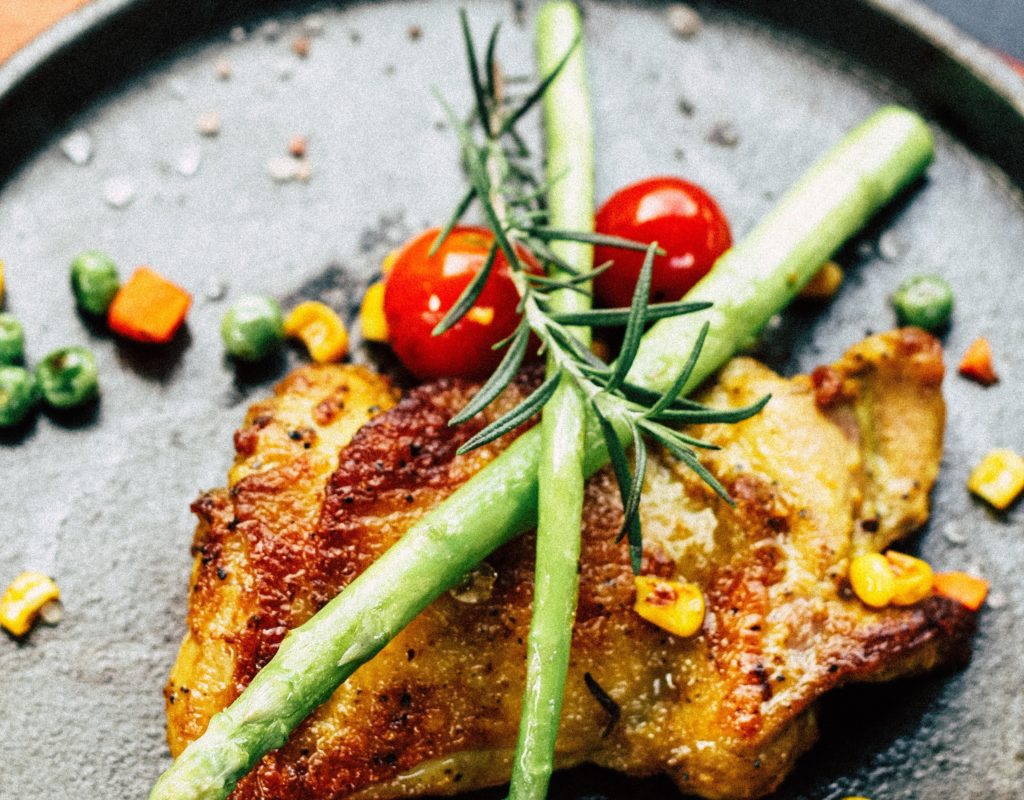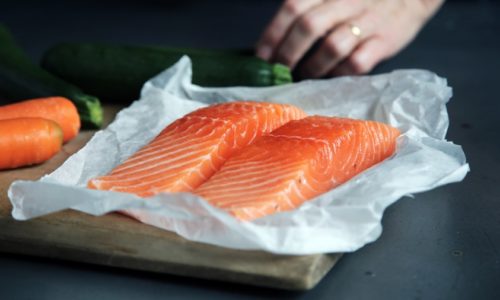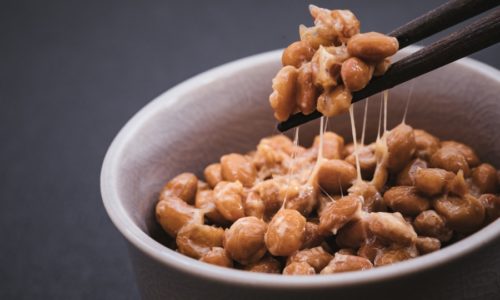Pairing is a tricky topic and it’s important to remember there aren’t hard and fast rules. Wine, like any taste, is pretty subjective – one person’s ideal match might taste repugnant to someone else. Still, for most palates there are some general tips that you can bear in mind when selecting wine to go with your food. Also, sometimes you’ll get it right other times you won’t – that’s all part of the learning process. Unless you know the precise taste of the wine you’re buying, there’s still an element of experimentation.
Tip 1: Matching the weight/power/intensity of the dish with that of the wine.
The idea behind this is quite simple: if you have a rich, heavy plate of food, you need to choose a wine that is able to go toe-to-toe with the power of the meal. On the other hand, if the ingredients in the dish are delicately flavoured, you’ll need an equally subtle wine to pair with it. That’s it really.
Generally speaking, this is why you (mostly) choose a white wine with fish/seafood and a red wine with heavier meats like beef, lamb or venison. White wines tend to be lighter in flavour and structure, whereas red have a richer profile backed up by the structure from tannins.
But the body or intensity of wine is a spectrum (as is the taste of food). So, for example, if you are eating a creamy chicken dish, what might be a good pairing based on the weight/structure of the food? Well, the initial temptation may be to have a red – meat = red. But just hold it there for a second. You might choose a full-bodied white wine that has undergone some barrel fermentation/aging or MLF (Burgdundian-style Chardonnay). This would impart some creamy, buttery flavours to the wine to stand up to the rich, creamy sauce. On the other hand, if you are having a simply roasted chicken, then a lighter style of red wine may be ideal. The point is not to think just about the main ingredient, but the overall weight of the dish.
Or how about a plate of pasta with a simple tomato-based sauce or pizza margarita? Well, you’re in medium-body territory, without any heavy meats in the mix. Still, a good sugo has a fairly robust flavour, so a light- to medium-bodied red is just the ticket (preferable Italian of course – think Valpolicella, Montepulciano, Dolcetto, Nero d’Avola or a standard Chianti).
Have a look at these posts for more info on this topic.

















 日本語
日本語









